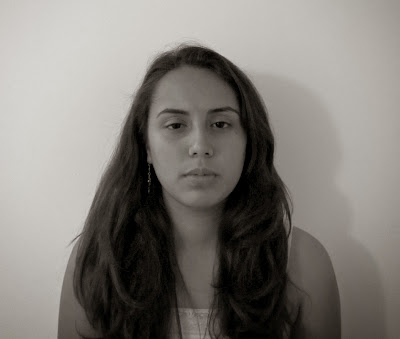Friday, December 13, 2013
Thursday, December 12, 2013
Eugene Atget 3
In the third batch of my Eugene Atget-styled pictures, I visited Chinatown and Alta Plaza Park to capture "Remnants of Humanity." The subjects in this batch are a mixture of architecture and nature. I continued to photograph in black and white, shoot images with depth, and create nostalgia. After editing many photographs to get the appropriate texture and temperature to reflect nostalgia and dreaminess, I am mainly focusing on changing the shadows and slightly altering the temperature for my images.
Thursday, December 5, 2013
Eugene Atget Batch 2
In my second batch of Eugene Atget-styled pictures, I have continued to photograph in black and white and shoot off-centered and nostalgic images. I also maintained his style of shooting darker areas leading into lighter areas. Contrasting with my first batch of pictures, I decided to photograph other subjects besides buildings and other types of architecture and focus on nature in San Francisco. Atget also visited many parks in Paris to shoot the natural environment for his Documents pour Artistes. In addition, I have continued to edit the pictures by changing the temperature and exposure of the image to give off the antique feeling.
Tuesday, November 26, 2013
Eugene Atget Batch 1
In the third part of the research project, we have finally gotten to follow the recipe we have created from our artist's style. My artist, Eugene Atget, photographed black and white, off-centered, and nostalgic images. He also created depth in many of his photos through leading lines and repetition, with darker areas leading into brighter areas. I photographed different antiquated subjects in San Francisco and hoped to capture the traces of humanity without necessarily photographing people. Showing nostalgia and dreaminess in my images was quite difficult because of the high-tech cameras we have today that capture great detail and produce graininess as opposed to fuzziness or smoothness.
Thursday, October 24, 2013
Portraits
After watching the documentary on Richard Avedon, we tried our hands at shooting the same style of portraits he invented. Each portrait needed to have a white background, black and white filter, and a square frame. My partner and I photographed each other with different expressions and conveyed messages through our eyes. In the beginning, shooting was difficult because we had trouble letting down our defenses and showing our natural expressions, but as we continued on, we felt more comfortable to show our vulnerability.
Wednesday, October 9, 2013
Narrative Images 2
In our second attempt to create microworld stories, we tried to overcome the obstacles we encountered in shooting our first batch and craft different kinds of stories. I had trouble eliminating the glare while shooting my first batch, and this batch, I tried harder in shielding my setup from unnecessary light. However, this time around, I found it easier to shoot without showing the seam of the book and giving the figures a believable ground and background.
Friday, October 4, 2013
Narrative Images
In this assignment, we tried to create stories in the micro world by shooting figurines and dolls with backgrounds from books or computer images. We needed to use our problem-solving skills to figure out how to avoid shooting the seam of the book, remove the glare from the images, create depth, and make the micro worlds as realistic as possible. The position of the figurines also made a large difference in the depth and credibility of the images.
Friday, September 27, 2013
Rule of Thirds
We utilized the Rule of Thirds to create a balance between the subject and the background or whatever less eye-catching object. To maintain the balance for the viewers' eyes, we kept the subject restricted in only one-third of the frame, and allowed the background or object to take up the rest of the space. In this way, we have the subject that viewers notice first upon perceiving but the background or secondary object does not remain completely neglected because it takes up two-thirds of the frame.
Subscribe to:
Comments (Atom)

















































